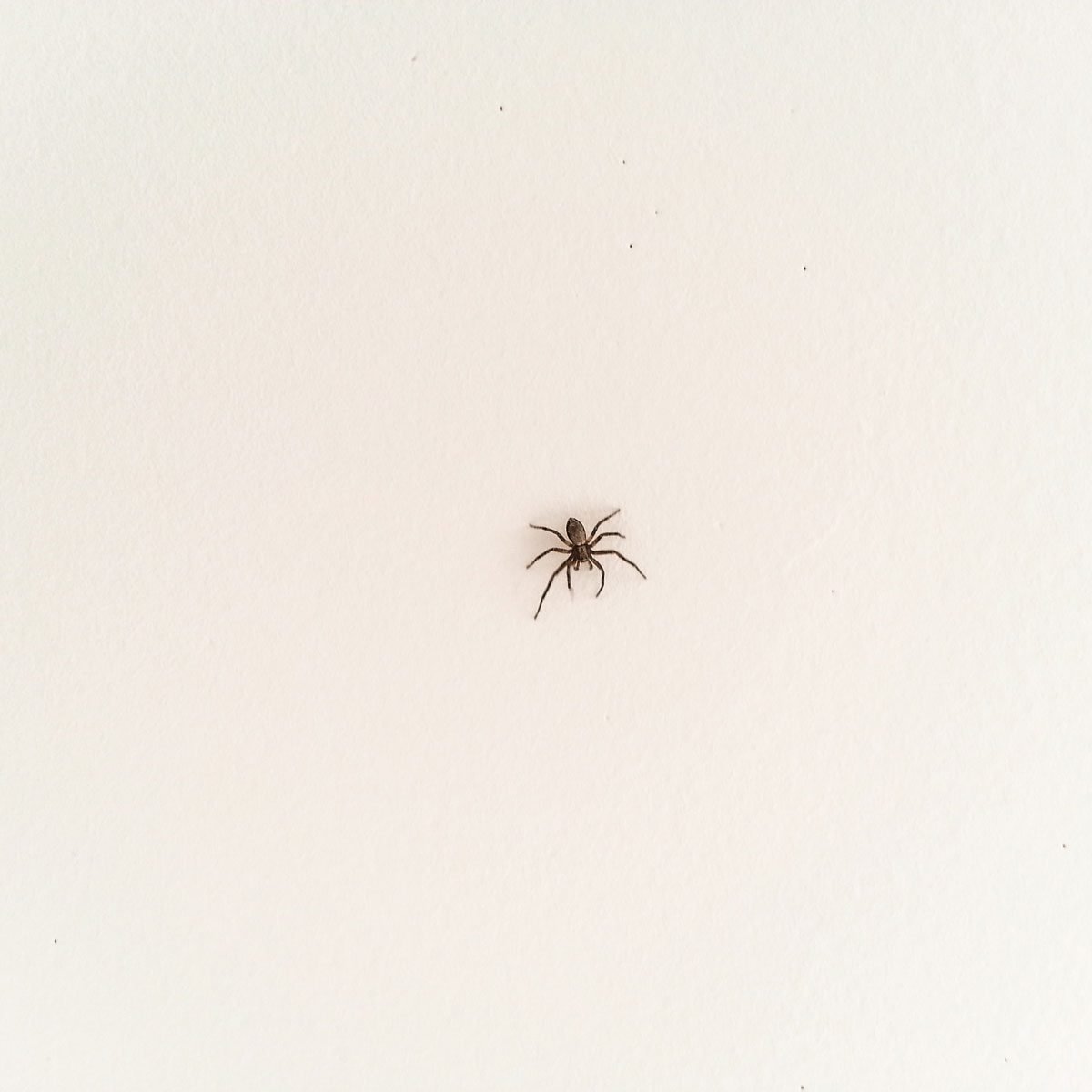Spiders in the house? Here's what every homeowner needs to know.

What to Know About Spider Pest Control for Homeowners

We’ve all seen spiders dangling from ceilings or lounging in bathtubs. But how much do we really know about these fascinating and often hair-raising critters? Learn about the unique characteristics, behaviors and habitats of spiders, and whether or not they’re a danger to your health.
From weavers or hunters, here’s what you need to know about spiders in and around your house and yard.
On This Page
How To Identify Spiders
One of the simplest ways to determine whether a bug is an insect or a spider is to count their leg segments. Insects have three pairs of legs (six total), while spiders have four pair (eight total).
What Are Spiders?
Spiders are land arthropods of the Class Arachnida (a.k.a. arachnids).
Although there are a few kinds of spiders that pose a poison threat (black widow and brown recluse), most spiders provide a natural, non-toxic pest control service by feeding on unwanted insects that damage crops and plants (aphids and beetles) or carry diseases (cockroaches and mosquitoes).
What Do Spiders Look Like?
Common house spiders range in color from light tan to deep black and measure between 5/16- to 1/8-in. long (leg span).
Although different types of spiders have their own qualities, the traits all spiders share are:
- Two body parts;
- Unsegmented abdomens;
- Fangs to inject venom;
- Spinnerets;
- No wings or antennae.
Some characteristics that differ among spiders include:
- Eye arrangements;
- Sensory hairs;
- Spines;
- Claws at ends of legs.
Types of Spiders
Of the more than 45,000 known spiders on our planet, there are upwards of 3,400 species making their homes in North America.
You don’t have to be an entomologist to be good at identifying them. The USA Spider Identification Chart, prepared by the University of Idaho, provides a spider blueprint of clear illustrations, descriptions, habitats and venom toxicities of spiders that dwell in the U.S.
Spider Behaviors
Spiders are predatory creatures who kill and eat their prey. The way they go about it, however, depends on the kind of spider we’re talking about.
Weaver Spiders
Weaver spiders spin sticky cobwebs to trap flying and crawling insects. Nearly half of spider species produce and use webs to subdue their prey.
Hunter Spiders
As mentioned above, all spiders have spinnerets to make silk, but not all use it to spin webs. Hunters prefer to chase down and overtake their victims. Once in their clutches, they inject venom into the victims’ bodies to finish them off. The wolf spider takes a slightly different tack, staking out its prey and ambushing them.
What Do Spiders Eat?
Almost exclusively carnivorous, spiders are not picky eaters — they’ll dine on every kind of household pest including, but not limited to, flies, ants, moths, roaches, mosquitoes and bed bugs. They also eat other spiders. Cannibals!
Spider Environments
Spiders are comfortable living in wetlands, arid deserts and urban cityscapes. Some burrow into the ground, while others float on the surface of water. Some like to hide beneath rocks and woodpiles or in musty cellars and basements. Their favorite spot, however, is in your lush backyard garden.
Where Do Spiders Live?
From African savannas to tropical rainforests, spiders can be found everywhere. Exceptions are at the highest elevations, on frozen tundra and in the ocean.
Spiders in the House and Yard
Preferring the great outdoors, spiders will head indoors when the weather turns cold.
Signs of Spiders
Hot spots for spiders include beneath clutter in your attic or under empty flower pots, furniture and welcome mats — anywhere that’s dark and dank. Besides the obvious (cobwebs), look for egg sacs and an increase in insects, and sightings of spiders themselves.
Spider Pest Control
Averting a spider infestation may be easier than you think. Spiders, unlike ants, are not particularly social beings, so finding one in your home doesn’t necessarily mean there are more in hiding. Try to stay calm and take the following DIY steps to prevent spiders from moving in:
- Cut back vegetation near your home;
- Keep windows and doors closed;
- Seal cracks and gaps;
- Spread essential oils such as peppermint and tea tree around;
- Plant chrysanthemums, which contain pyrethrins, a natural pesticide.
If you want to get rid of spiders:
- Kill on sight;
- Spray the exterior with residual pesticides and spider repellents;
- Use sticky traps;
- Clean away cobwebs;
- Catch ’em and toss ’em in the garden.
Spider Infestations
Once egg sacs are found, eliminating them before they hatch is “clutch” because once those babies are born, your infestation will increase exponentially. This might be a good time to get a professional exterminator involved.
Spider Safety and Concerns
Except for a few poisonous types, the average garden-variety spider is not hazardous to your health. In fact, the chance of being attacked or bitten by a spider is pretty low.
In the unlikely event you do get bitten, most spiders deliver extremely low levels of poison that will cause little or no damage. In rare cases, one could experience severe symptoms such as sweating, difficulty breathing, headache, nausea or fever. If this happens, seek medical attention immediately!




















